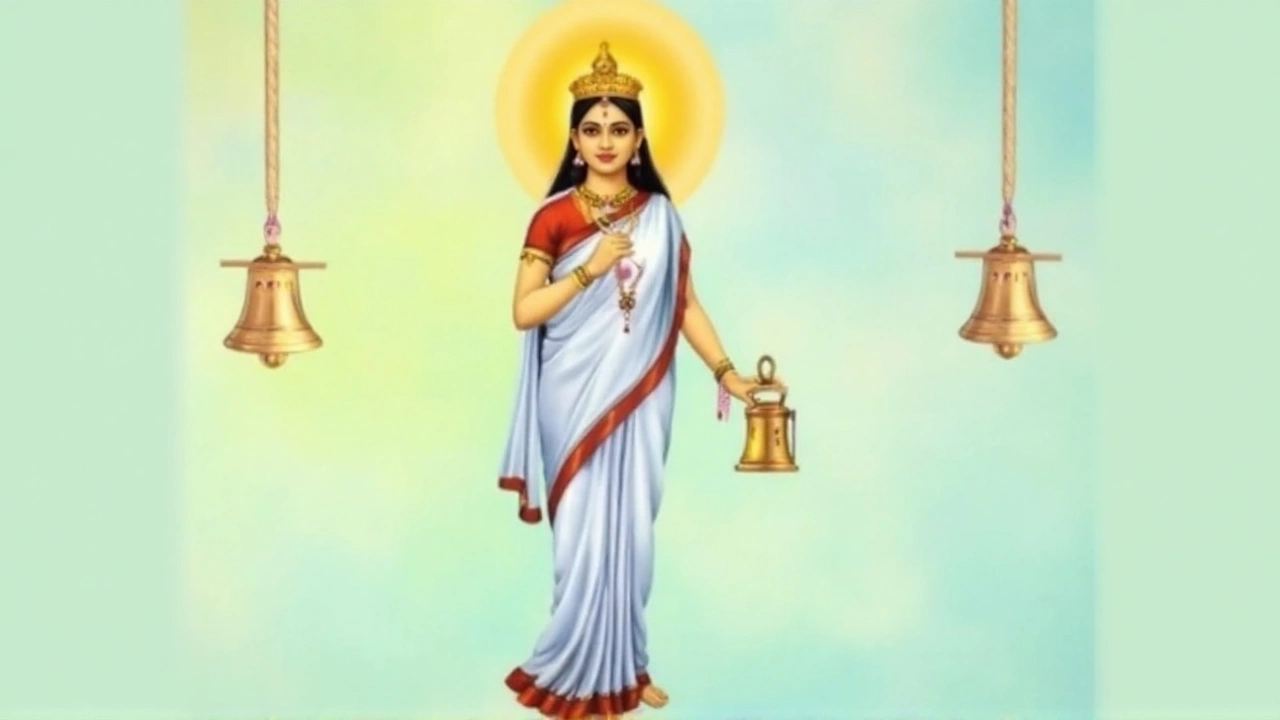Brahmacharini Puja: What It Is and How to Do It
If you’re curious about Brahmacharini puja, you’re in the right place. This puja marks the second day of Navratri and honors Goddess Brahmacharini, the embodiment of devotion and discipline. People across India perform it to seek inner strength, patience, and spiritual growth. The ceremony is simple enough for a home altar, yet powerful enough to feel the goddess’s presence.
Why Brahmacharini is important
Brahmacharini represents the penitent form of Parvati, who spent years in meditation before marrying Shiva. Her story reminds us that patience and self‑control bring real blessings. During Navratri, devotees light a lamp, chant mantras, and offer flowers to connect with this energy. Many say they feel calmer and more focused after the puja, especially when life feels chaotic.
Simple steps to perform the puja at home
Here’s a straightforward way to celebrate the goddess without any hassle:
1. Pick the right time. Early morning or evening, just after sunrise, works best. If you can, align the puja with the Brahma Muhurta, the quiet hour before dawn.
2. Set up a clean space. Use a small table or a shelf as your altar. Lay a clean cloth, place a picture or idol of Brahmacharini, and keep a lamp, incense, and a bowl of water nearby.
3. Gather offerings. You’ll need fresh flowers (white or red are common), kumkum, sandalwood paste, and a few pieces of fruit like banana or apple. Some families also offer sweets like halwa.
4. Light the lamp. Light a diya (oil lamp) and say a short prayer asking the goddess to bless your home. The flame signals the start of the ceremony.
5. Recite the mantra. The popular Brahmacharini mantra is: “Om Aim Hrim Klim Brahmacharinyai Namah.” Repeat it three to five times, focusing on your breath.
6. Offer the flowers and food. Place the flowers gently on the deity’s feet, then offer the fruit and sweets. While doing this, think of the qualities you want to develop—patience, humility, and devotion.
7. Prasad distribution. After the offering, share the sweet or fruit with family members. It’s a small way to spread the goddess’s blessings.
8. Finish with a bow. Close the puja by folding your hands, bowing to the deity, and thanking her for listening. Extinguish the lamp when you feel ready.
That’s it—no complicated rituals, just a clear routine you can repeat each year. If you’re short on time, you can skip the fruit and just offer flowers and a simple “Om Namah” chant.
Many people add a short meditation after the puja. Sit quietly for a few minutes, breathe deep, and visualize a calm, steady light filling your body. This helps lock in the peaceful energy you just invoked.
Give it a try this Navratri. Even if you’re new to Hindu traditions, the steps are easy to follow and the vibe is uplifting. You’ll notice a subtle shift in how you handle daily stress, and you’ll have a meaningful way to honor the goddess.
Remember, the heart of Brahmacharini puja is devotion, not perfection. Do what feels sincere, keep the space tidy, and let the goddess guide you toward a more disciplined, patient life.

Navratri Day 2 2025: How to Worship Maa Brahmacharini with Red Auspiciousness, Mantras and Puja Steps
Discover the rituals, symbols and stories behind Navratri Day 2 (Sept 23, 2025). Learn why red is the chosen color, how to set up a Kalash, the key mantras, and modern ways devotees share the celebration online.